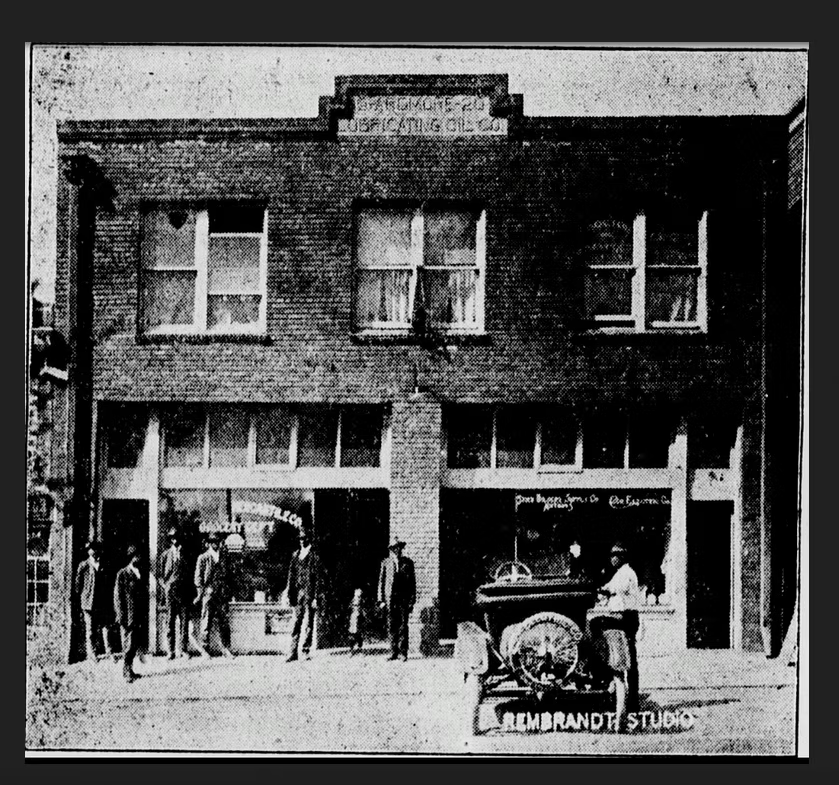Recognizing Contributions and Innovation
The petroleum industry has been shaped by countless innovators, problem-solvers, and trailblazers, scientists, and engineers whose work has influenced the energy sector in meaningful ways.
From early business owners who built opportunities in the industry to researchers whose advancements continue to impact fuel technology and safety, these individuals have left a lasting mark. Their innovation, resilience, and leadership have helped shape the energy sector and continue to inspire future generations.
The Threatt Family has been an example of entrepreneurship and resilience in Oklahoma for over a century. In the early 1900s, the family began selling produce from their 150-acre farm outside Luther, Oklahoma. Recognizing new business opportunities, they expanded their operations by building the Threatt Filling Station in 1915—making it the only Black-owned and operated gas station along Route 66 during the Jim Crow era.
In 1917, four Black American entrepreneurs, Wilson Newman, J.C. Pratt, S.M. Holland, and Heston Welborn recognized an opportunity in Oklahoma’s booming oil industry and founded the
Ardmore Lubricating Oil Company. They purchased a 100-acre oil lease in the Healdton oilfield, an area that would ultimately produce more than 200 million barrels of oil.
Their company set up offices on East 2nd Street in Oklahoma City, in a vibrant business district known for both its commercial success and its jazz music scene. Despite operating in a segregated era, the Ardmore Lubricating Oil Company aggressively marketed investment opportunities to the Black community, selling shares for $1 each to encourage economic participation.
The company’s wells produced high-grade lubricating oil, a product with significant market potential. By 1920, they announced plans to build their own refinery in Tatums, Oklahoma one of the many self-sustained Black communities established after the Civil War.
Despite their ingenuity and ambition, financial struggles eventually slowed the company’s progress. Stock sales and funding efforts continued, but by 1921, reports of delays in refinery construction and shifting operations signaled mounting challenges.

